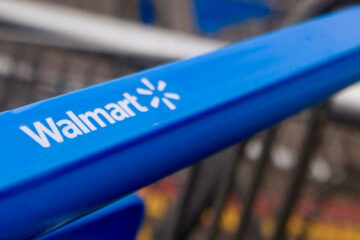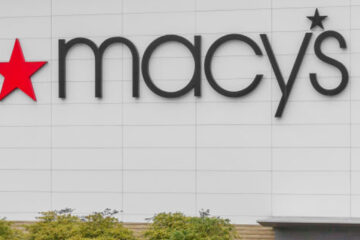Whether you’re a data wonk, a fitness enthusiast, or someone who loves to follow fashion trends, chances are you’ve at least considered donning a wearable fitness tracker at some point over the last several years.
Fitness trackers, which have soared in popularity and availability recently, are following an arc similar to that of cell phones in the early 2000s. A lot of people had them or were getting them. Everybody had a preference. And everybody had an opinion.
Related: Forget McDonald’s: Walmart gets trendy new fast-food partner
The cool thing about fitness trackers is that many of them are almost as capable as early 2000s cell phones — some of them much more so.
The most popular fitness tracker, of course, is the Apple (AAPL) Watch.
Thanks to its ease of use and integration with the Apple ecosystem, users can send and receive emails, iMessages, phone calls on their device. Apple had sold over 229 million of them as of mid 2023 after banking 50 million sales of the Watch in 2022.
It’s not just a fancy communication device, though. If you’re into tracking fitness, Apple Watch can monitor your heart rate, step count, and calories burned in a workout — and, some models offer more advanced metrics like sleep quality, cycle tracking, and VO2 max (aerobic capacity) levels.
Samsung’s forthcoming Galaxy Ring in gold on display in three sizes at MWC 2024
Samsung
Smart rings are some of the most popular wearables
Of course, not everybody wants to wear a big bulky watch every single day. And there are some limitations to the Apple Watch. It typically requires a charge every 24 hours or so, and not everybody feels comfortable wearing their watch in the pool, shower, or to fancy events.
Enter smart rings, which are essentially slightly bulky rings that use LED sensors to track many of the same metrics the Apple Watch does.
More Retail:
Ulta CEO sounds the alarm on a growing problemLululemon releases a first-of-its-kind productTarget store introduces a new ‘over 18’ policyAmazon launches genius new subscription product
To date, the most popular smart ring is the Oura Ring, which offers insightful health-tracking metrics and habit learning, including sleep tracking, illness monitoring, heart rate variability (HRV), and activity levels. Since it doesn’t feature a screen, its battery also holds up longer.
Many users also claim Oura’s metrics are more insightful than Apple’s, since its app offers some mindfulness and recovery options that the Apple Watch lacks.
New Samsung Galaxy Ring takes on giants
In July, Samsung (SSNLF) finally released its highly anticipated Galaxy Ring, which lives in the Samsung ecosystem but is not intended for Samsung users only.
Like the Oura Ring and Apple Watch, it features a lot of intuitive and helpful wellness insights, including:
Heart rateSleep patternsBlood oxygen levelsSkin temperature and cycle trackingActivityStressBreathingVitalitySnoringAlertness
But, unlike the Oura Ring, Samsung’s Galaxy Ringh does not require a monthly subscription fee to use (Apple Watch does not charge a recurring fee, either).
And now that users have had access to the new smart ring for about a month, the reviews are in, and they could spell bad news for competitors.
“Like for most people, the Oura Ring showed me what a smart ring can do, and I loved wearing it. But the Galaxy Ring feels like a refinement of the concept; similar data but in a streamlined, more comfortable package,” Nirave Gondhia writes for Tom’s Guide.
Related: Costco introduces new (controversial) food court meal
“Beyond comfort, the Galaxy Ring also provides more context around your sleeping patterns and how they contribute to your energy levels than the Apple Watch does. Samsung provides a Sleep Score in the Samsung Health app, which assesses the quality of your sleep based on factors such as sleep time, restfulness, physical and mental recovery and your sleep cycles,” Lisa Eadicicco writes for CNET, but adds she still prefers a smartwatch for its connectivity.
“What I like about the Galaxy Ring’s design the most is the concave design. Whereas the Oura Ring is a bit rounder on the outside, Samsung’s ring caves in a bit. It makes it feel thinner on your finger and easier to get used to wearing,” Max Buondonno writes for CNN Underscored.
Many complain about Oura’s bulkiness, saying the ring still feels larger than most non-tracking fashion rings when it’s worn for long periods of time.
It’s still very early in the game. Many users are still waiting for their Galaxy Rings to be shipped, and some customers are experiencing shipping delays due to outsized order volumes. Others mention there seems to be some variance in heart rate and sleep tracking, issues that will likely improve as more data is collected.
The Galaxy Ring retails for $399 and can be bought online or at Best Buy (BBY) .
Related: Veteran fund manager picks favorite stocks for 2024


